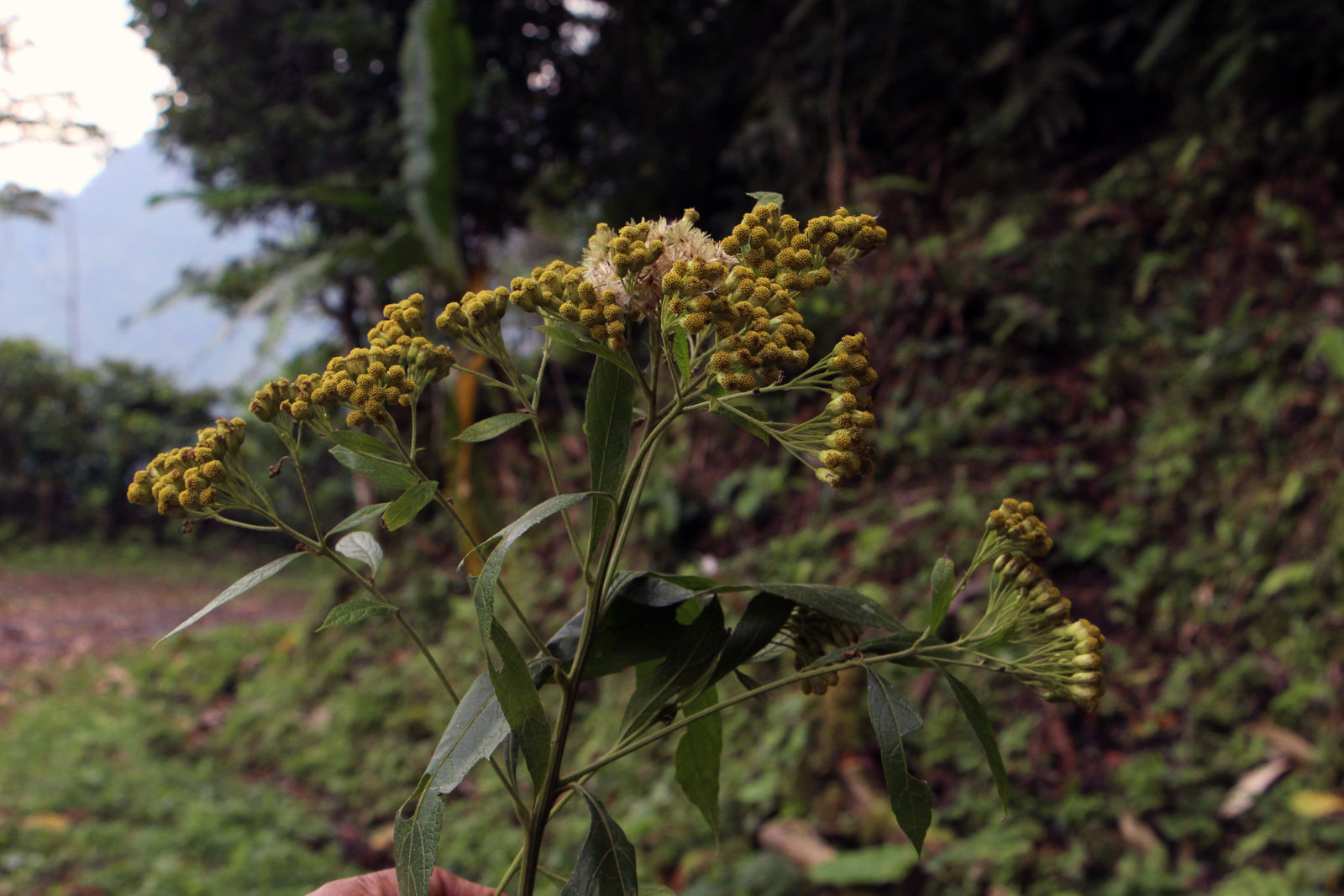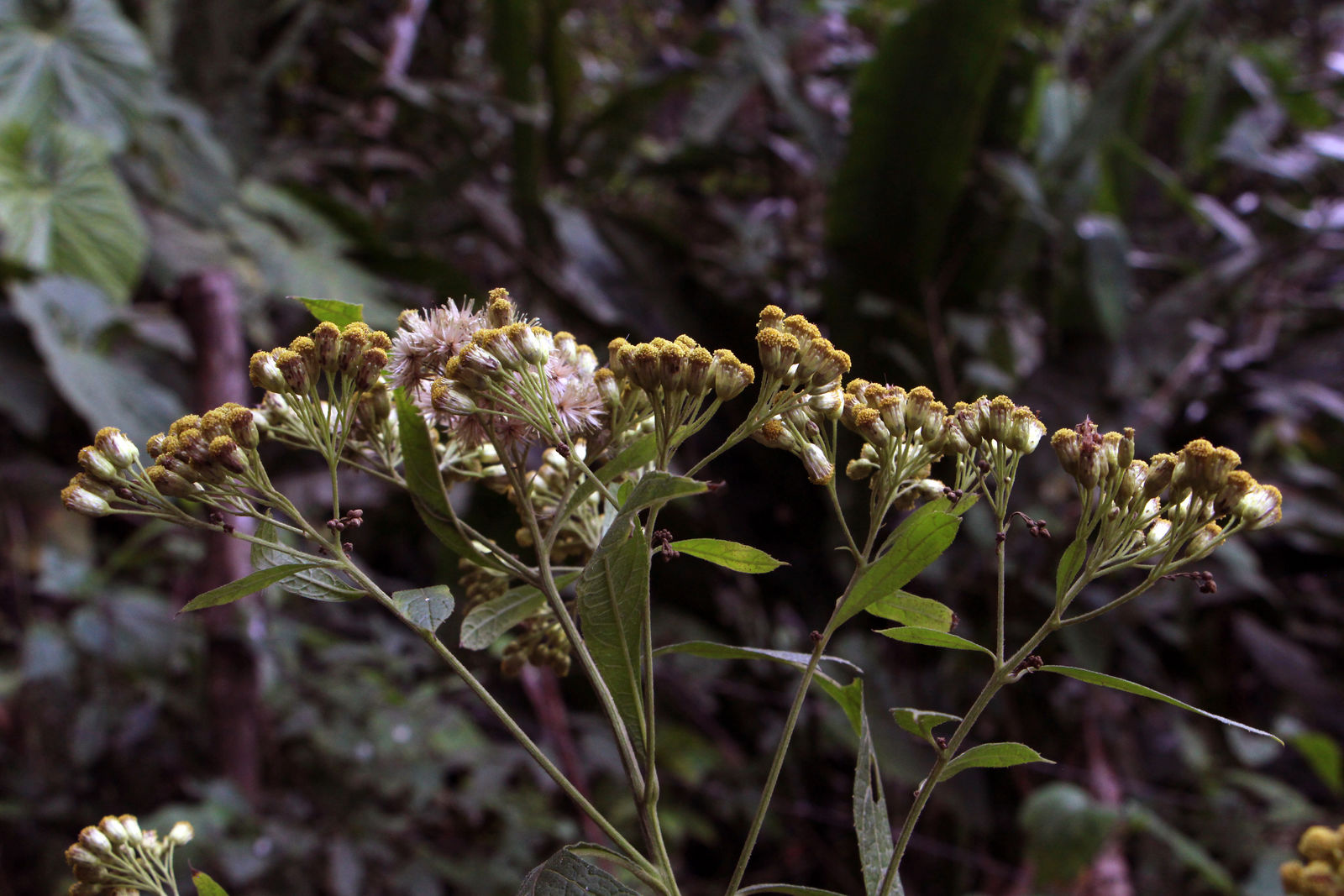Family: Asteraceae
Author: (L.) Cass.
Bibliography: Dict. Sci. Nat., ed. 2. 34: 502 (1825)
Year: 1825
Status: accepted
Rank: species
Genus: Neurolaena
Vegetable: False
Observations: Trop. & Subtrop. America
Description
The plant commonly known as Sepi is scientifically classified as Neurolaena lobata. It is a notable species within the family Asteraceae, which encompasses a diverse range of flowering plants. This particular species was formally described and classified by Cassini in 1825, as recorded in the second edition of the “Dict. Sci. Nat.”.
Sepi is indigenous to the tropical and subtropical regions of the Americas. Its natural habitat spans across a wide geographical range, thriving in the warm and humid climates typical of these areas. The resilience and adaptability of Neurolaena lobata have made it a prominent plant in its native ecosystem.
This plant is often recognized by its characteristic features typical of the Asteraceae family, including its composite flower heads. As with many plants in this family, Sepi is likely to have both ecological and medicinal importance in the regions where it grows. Local knowledge and traditional uses of the plant have been passed down through generations, underscoring its cultural significance.
Given its botanical attributes and regional prevalence, Neurolaena lobata represents a fascinating subject of study for botanists and plant enthusiasts alike. Its presence in tropical and subtropical America highlights the rich biodiversity of these ecologically vibrant regions.
Common Names
En: Sepi, Jackass-bitters, Bushy fleabane, Cough-bush, Sour-bush, Wild tobacco
Synonyms
- Neurolaena suriani ((Cass.) Cass.)
- Pluchea symphytifolia ((Mill.) Gillis)
- Eupatorium valverdeanum (Klatt)
- Calea lobata ((L.) Sw.)
- Calea suriani (Cass.)
- Conyza symphytifolia (Mill.)
- Eupatorium chrysocephalum (Klatt)
- Neurolaena fulva (B.L.Turner)
- Neurolaena lobata var. indivisa (Donn.Sm.)
- Critonia chrysocephala ((Klatt) R.M.King & H.Rob.)
- Conyza lobata (L.)
- Neurolaena integrifolia (Klatt)
Distribution
- Bahamas (native)
- Belize (native)
- Bolivia (native)
- Colombia (native)
- Costa Rica (native)
- Cuba (native)
- Dominican Republic (native)
- Ecuador (native)
- El Salvador (native)
- French Guiana (native)
- Guatemala (native)
- Haiti (native)
- Honduras (native)
- Jamaica (native)
- Leeward Is. (native)
- Mexico Central (native)
- Mexico Gulf (native)
- Mexico Northeast (native)
- Mexico Southeast (native)
- Mexico Southwest (native)
- Nicaragua (native)
- Panamá (native)
- Peru (native)
- Puerto Rico (native)
- Suriname (native)
- Trinidad-Tobago (native)
- Turks-Caicos Is. (native)
- Venezuela (native)
- Venezuelan Antilles (native)
- Windward Is. (native)
- Caroline Is. (introduced)
- Gilbert Is. (introduced)
- Hawaii (introduced)
- Marianas (introduced)
- Marshall Is. (introduced)
- Phoenix Is. (introduced)
- Society Is. (introduced)
- Wake I. (introduced)
Additional Images
Flower
Taken Mar 27, 2022 by Gómez Ely (cc-by-sa)
Taken Apr 12, 2021 by Finola Jennings Clark (cc-by-sa)
Taken Mar 8, 2022 by Adèle Gael (cc-by-sa)
Taken Jan 23, 2022 by Roshan Tailor (cc-by-sa)
Taken Jan 23, 2022 by Roshan Tailor (cc-by-sa)
Leaf
Taken Dec 15, 2021 by Adèle Gael (cc-by-sa)
Taken Jun 19, 2022 by Bilal Bilal Ahmad Shiekh (cc-by-sa)
Taken Feb 27, 2020 by Murielle FEDERO (cc-by-sa)
Taken Aug 9, 2021 by olala hoya (cc-by-sa)
Taken Jan 23, 2022 by Roshan Tailor (cc-by-sa)

© copyright of the Board of Trustees of the Royal Botanic Gardens, Kew.

© copyright of the Board of Trustees of the Royal Botanic Gardens, Kew.

© copyright of the Board of Trustees of the Royal Botanic Gardens, Kew.
Sources
- WFO (No URL)
- IPNI (No URL)
- GBIF (https://www.gbif.org/species/7545076)
- POWO (http://powo.science.kew.org/taxon/urn:lsid:ipni.org:names:234386-1)
- PlantNet (https://identify.plantnet.org/species/the-plant-list/Neurolaena lobata (L.) R.Br. ex Cass.)
- GBIF (https://www.gbif.org/species/3096775)
Specifications
Growth habit>: Forb/herb, Subshrub










